As an enthusiast, you probably know a little (or more!) about beer. But do you know how such a wonderful gem is created? There are different methods, and every combination or variation creates a unique beer. Below we briefly explain a few steps of the brewing process!
From grain to speciality beer
1) Malting

That grain is the basis of beer, you probably already knew that. However, the grain must first be processed into malt.
To do this, we will germinate and dry the grain (usually barley). This “malting” is necessary to form the enzymes in the barley, which will later convert the starch into sugars.
2) Grinding

In order for the starch to be released, the malt must first be coarsely ground. This is called grinding.
However, we are not going to grind the husk of the grain (the chaff) as we are going to use it as a natural filter in step 4.
3) Mashing
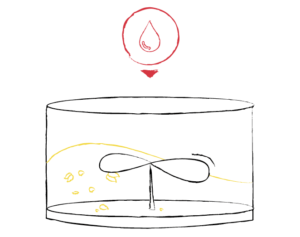
After grinding, we are going to dissolve the malt in water, and this whole thing is going to be heated several times. This is called mashing.
Thus, the grain becomes soluble and the enzymes become active. These enzymes convert the starch into fermentable sugars.
4) Filteren
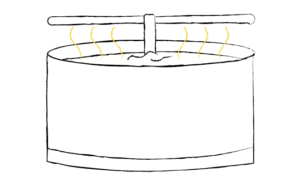
If we want to obtain beer, the mash must of course be filtered. This involves separating the solid parts of the mixture (the draff) from the liquid parts (the wort).
The wort will be the base of the beer, while the draff can be used as animal feed.
5) Boiling
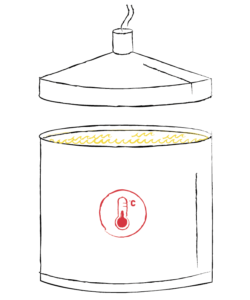
Time for the real “brewing. We are going to boil the wort and add the hops and spices. This will release the bitterness of the hops, and will make the whole thing sterile.
Now we filter the mixture one more time to remove the solids, such as the hops and protein flakes.
6) Fermentation
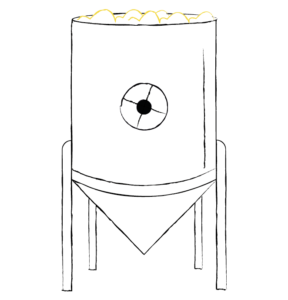
The starch was previously converted to sugars. These sugars are going to be converted into alcohol and carbon dioxide during fermentation.
We do this by cooling the wort, and adding the yeast.
7) Lagging
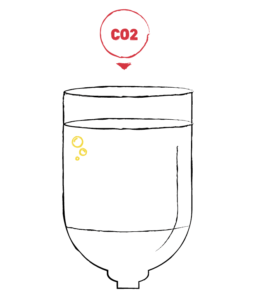
After fermentation, we will start lagering the beer: to do this, we let the beer mature in cool tanks.
The flavor and aromas of the beer will refine and the beer will referment.
8) Bottling

As a final step, we will bottle the beer. Artisan beers will often be cloudy because of yeast left in the beer.
This, in turn, makes for a unique yeast experience.

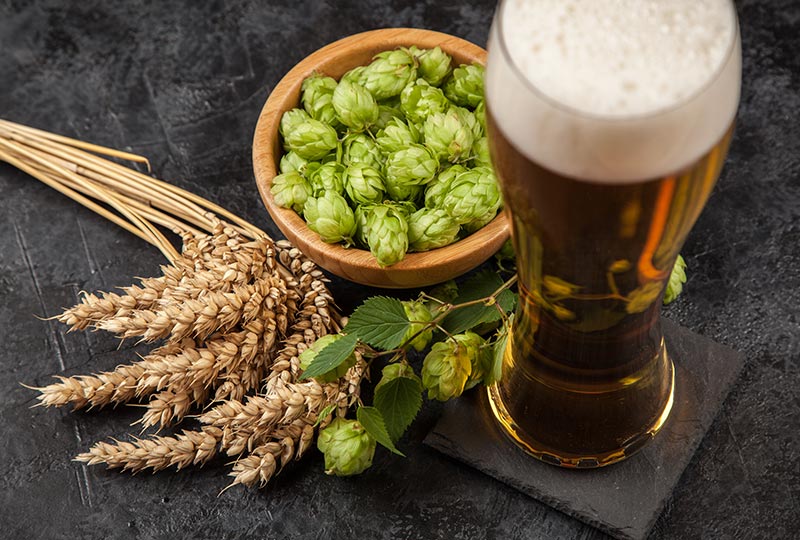
Wout brewed his own test brews around the age of fifteen. His tip?
“Be patient, try new things and clean up a lot!”

